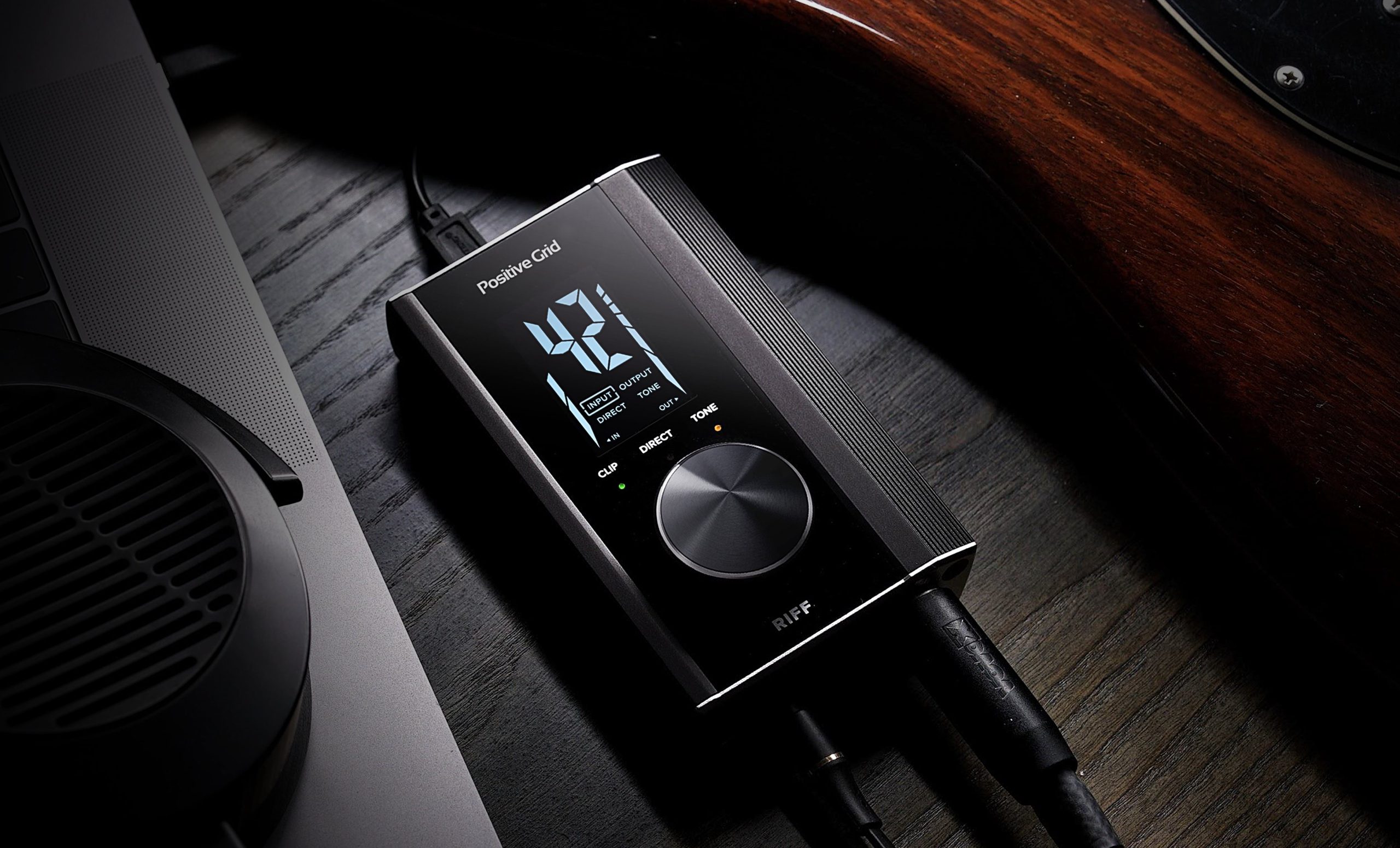

- #Positive grid bias desktop vs. s gear full
- #Positive grid bias desktop vs. s gear pro
- #Positive grid bias desktop vs. s gear software
- #Positive grid bias desktop vs. s gear professional
The next strip contains a visual representation of the signal chain through the various modelling elements, starting with the front panel of the amp and running through to the Amp Match component. This works very well, and Tones are also compatible with the iOS version of BIAS. Also in this strip is an option called Tone Cloud which lets you download BIAS creations from other users and upload your own models. The topmost strip provides access to the preset system and settings menu. You can access all of these elements from the main plug-in window, which is split into four horizontal areas. Whichever version of BIAS you choose, the core features are the amp/cab/microphone modelling and the ability to design your own amp. With support for VST (32- or 64-bit), 64-bit AAX, AU (32- and 64-bit) or RTAS plug-in formats, just about everyone ought to be catered for. In BIAS Professional, the dedicated Amp Match module allows you to sample both your actual sound (the ‘source’) and the sound you would like to recreate in a model (the ‘target’) and then applies a processing algorithm to transform the source into the target.Ĭramming all the equipment included within BIAS into your studio is somewhat easier than with the equivalent hardware: a fairly modest 460MB download, a speedy installation and a simple online activation process will have you up and running quickly. In principle, this attempts a similar function to the very sophisticated hardware-based Kemper Profiling Amp.
#Positive grid bias desktop vs. s gear professional
BIAS Professional adds a further element: Amp Match Technology. There are 36 default amp models supplied to get you started, and cabinet and microphone modelling are also included. The more affordable BIAS Desktop gives you the amp modelling and amp design features that are the basis of the iOS version.

Match MakingīIAS is actually available in two flavours. You can tweak components within the preamp or the power amp, and because it’s all ‘virtual’, it comes without the risk of instant electrocution and sudden death.

While it does amp, cab and microphone modelling so that you can craft a guitar tone, it also offers an ‘amp design’ function. Second, BIAS isn’t quite from the same mould as other virtual guitar rigs.
#Positive grid bias desktop vs. s gear software
Unlike software from the likes of Line 6 or IK Multimedia that has been ported from desktop to iOS, BIAS is coming in the other direction. I say ‘new’ but BIAS is interesting on two counts, the first of which is that it actually started life as an iPad app. However, we now have a new contender in the shape of BIAS from Positive Grid.
#Positive grid bias desktop vs. s gear pro
In the Mac and PC realm there are a number of well-established products: Line 6’s POD Farm, IK Multimedia’s AmpliTube, Waves’ GTR, Peavey’s ReValver and Native Instruments’ Guitar Rig Pro would be among the obvious candidates. And to many ears (my own included), the quality of the results can be more than good enough to be used in a commercial music-production context.
#Positive grid bias desktop vs. s gear full
However, they also offer a huge range of tonal variations that is difficult to match unless you happen to have a warehouse full of classic guitar hardware. For many home, personal or project studios where cranking up an amp is not an option, they are a necessary convenience. Love ’em or hate ’em, virtual guitar rigs are now a part of the music-technology furniture.

With component-level adjustment and ‘amp matching’ features, BIAS can target almost any guitar amp sound - real or imagined!


 0 kommentar(er)
0 kommentar(er)
